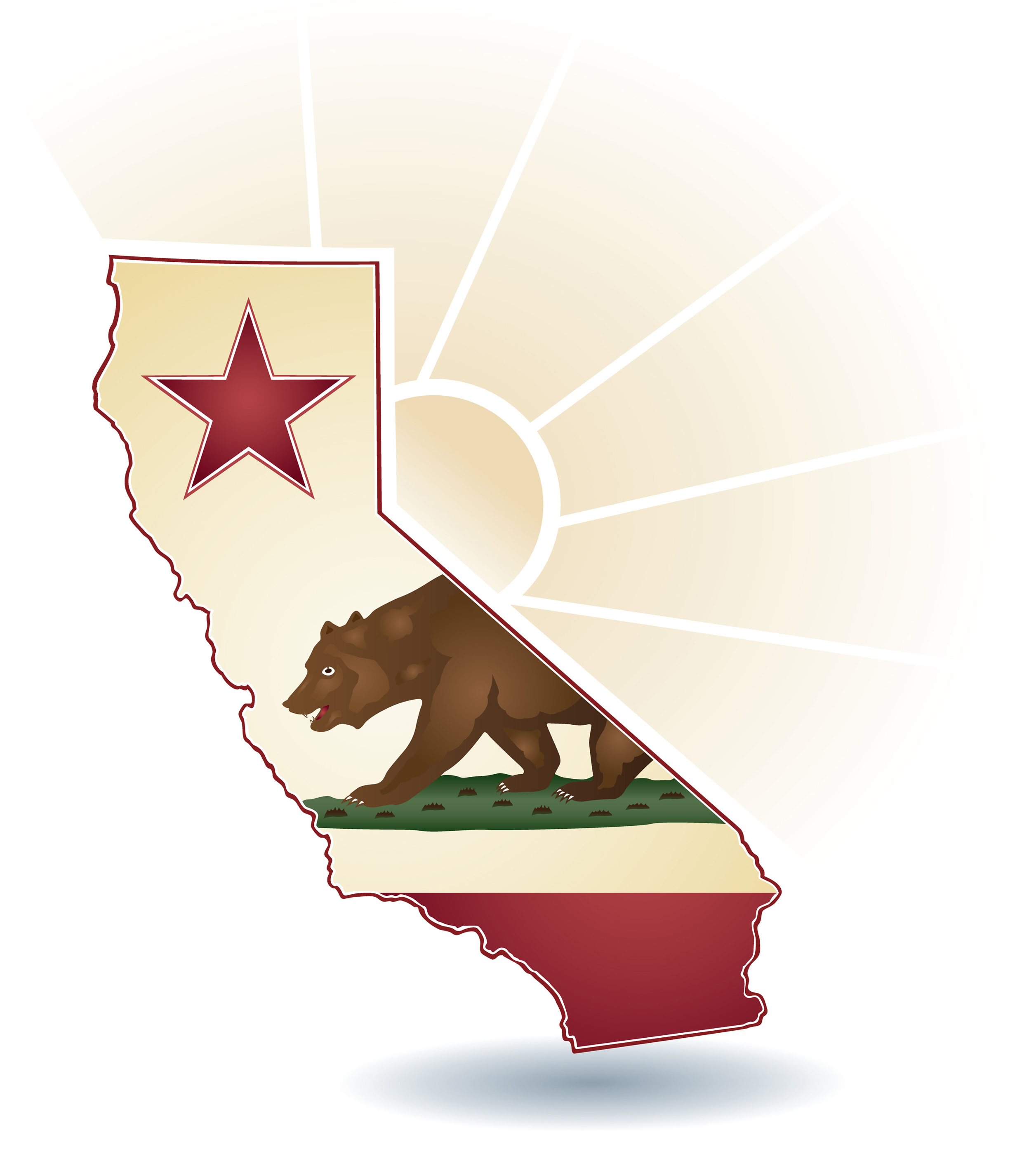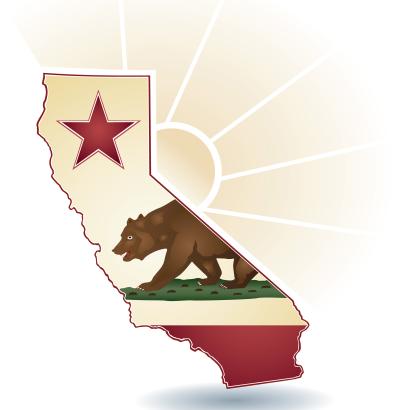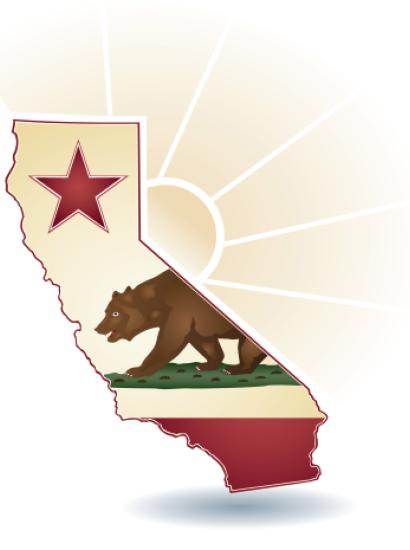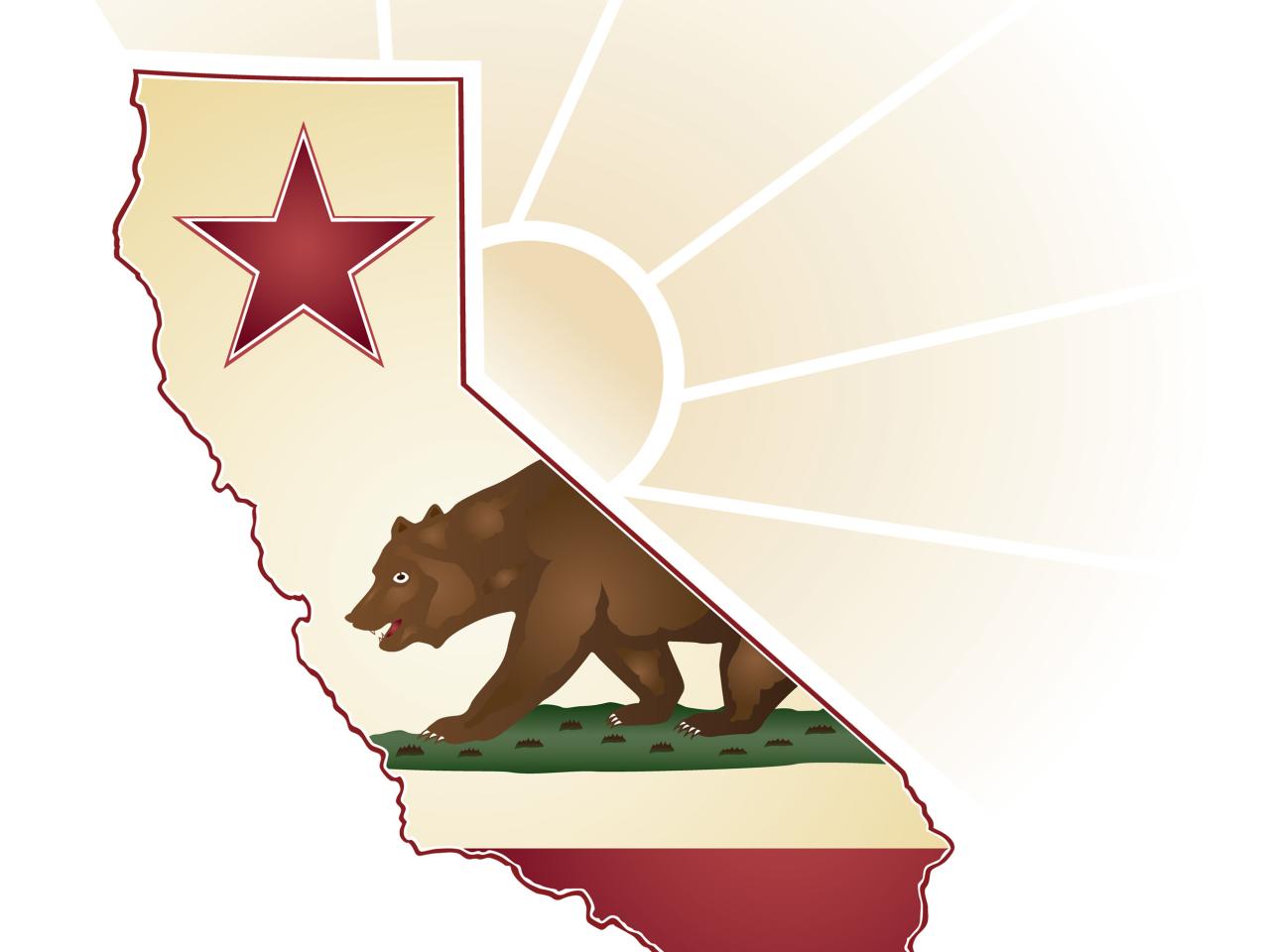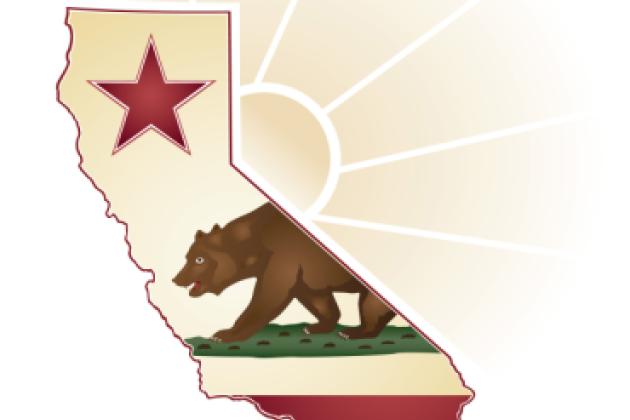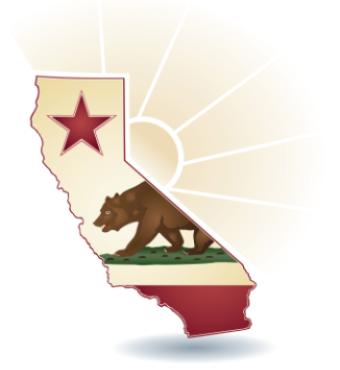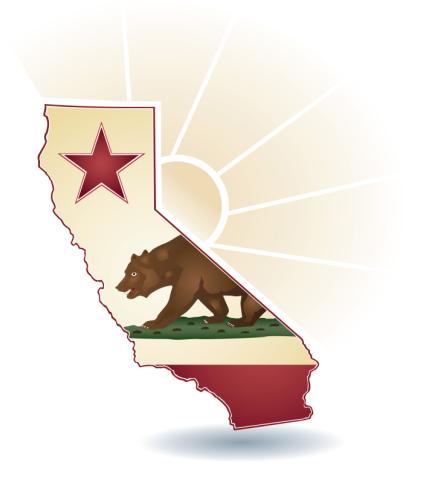- Politics, Institutions, and Public Opinion
- Campaigns & Elections
- State & Local
- California
Not that he ever made it to the West Coast, but Thomas Jefferson was California dreaming when he remarked, “God forbid we should ever be 20 years without … a rebellion.”
Jefferson was referring to Shays’ Rebellion – a series of anti-tax protests by farmers in 1786 and 1787. But the same principle applies to that more peaceful form of rebellion called the California initiative process and voters’ tendency to alter the Golden State’s course every two decades or so.
Consider California’s initiative slate of forty years ago.
In 1974, a total of twenty-six measures appeared on the June and November ballots. Voters approved four bond measures – money for veterans, to buy recreational land, to curb water pollution and prepare for earthquakes – all worth a combined $850 million. Californians also approved a transition to gender-neutral language in the state’s constitution. At the height of the Watergate crisis, two months before Richard Nixon’s resignation, voters created the watchdog Fair Political Practices Commission.
Two years later, in the first of Jerry Brown’s four midterm gubernatorial elections (this November being his fourth and final), Californians approved another $955 million in bonds for veterans, water systems, and coastal parks. The sum of these actions: California tilting left – though there was a warning sign in 1976 of an anti-government revolt to come: voters shot down four other bonds worth $875 million.
Now, fast-forward two decades to the initiatives of 1994 and 1996.
In the former year, amidst a nationwide conservative surge, California voters rejected all five bonds on the two ballots, plus a proposed increase in the state’s gasoline tax. Also rejected: a single-payer health system and a ban on public smoking. Not every initiative lost, though; Californians approved a new “three strikes” law, as well as the now-infamous Proposition 187, cracking down on illegal immigration.
The trend continued in the next November election. Voters broadened the definition of death penalty “special circumstances.” The biggest initiative fight of 1996: Proposition 209, the successful effort to end race-based admissions in California universities. The sum of these parts: California, at the time, was in a right-of-center mood.
And that brings us another twenty years, to the November 2016 ballot slate– 17 initiatives (collectively, Props 51-67) awaiting a public yea or nay.
What stands out about these measures: how they contradict choices made by California voters back in the 1990’s.
In November, California will decide:
- Proposition 58, which would overturn 1998’s Proposition 227 and return bilingual education in its public schools.
- Two decades after California put capital punishment back in practice, Proposition 62 would repeal the death penalty (the rival Proposition 66 would streamline the Death Row appeal process).
- Proposition 64 would legalize recreational marijuana use. In 1996, Californians did legalize medicinal marijuana (Proposition 215), but recreational pot was a political non-starter.
- Two decades after the aforementioned tough-on-crime ballot measures, Governor Brown’s Proposition 57 would improve early parole chances for felons doing time for non-violent crimes.
- Finally, in regard to those tax increases that were a tough sell back in the 90’s: Proposition 55 would extend 2012’s Proposition 30 and the “temporary” tax hike imposed on Californians earning over $250,000; Proposition 56 would boost the state cigarette tax to $2 a pack (at present, it’s 87 cents).
Does all of this confirm that California is in the midst of a profound shift to the left? If so, are these sound ideas for the state to embrace?
For this issue of Eureka, we decided to take an early look at the crowded and contentious November ballot and delve into the concept of “buyer beware.”
This issue includes:
- Hoover fellow Carson Bruno positing that, given the volume and magnitude of ballot measures in California, a growing indifference to voting, and the designed inflexibility of the initiative system, it may be time to re-evaluate whether voters should be entrusted with this decision-making power;
- State Senator John. Moorlach offering that Propositions 51 and 53 give Californians a chance to reassert fiscal control over long-term debt issuances and demand fiscal restraint from state leaders;
- Joel Fox, founder of Fox&Hounds Daily and president of the Small Business Action Committee, contending that Proposition 55 isn't merely an extension of a temporary tax increase, but a doubling-down on a tax system ripe for roller-coaster-like ups-and-downs;
- And last but not least, Kent Scheidegger, legal director of the Sacramento-based Criminal Justice Legal Foundation, assessing this ballot’s impact on the future of public safety in the Golden State.
We hope you enjoy this latest installment of Eureka – and that it gets you thinking about where California stands and whether we’re moving in the right direction.







